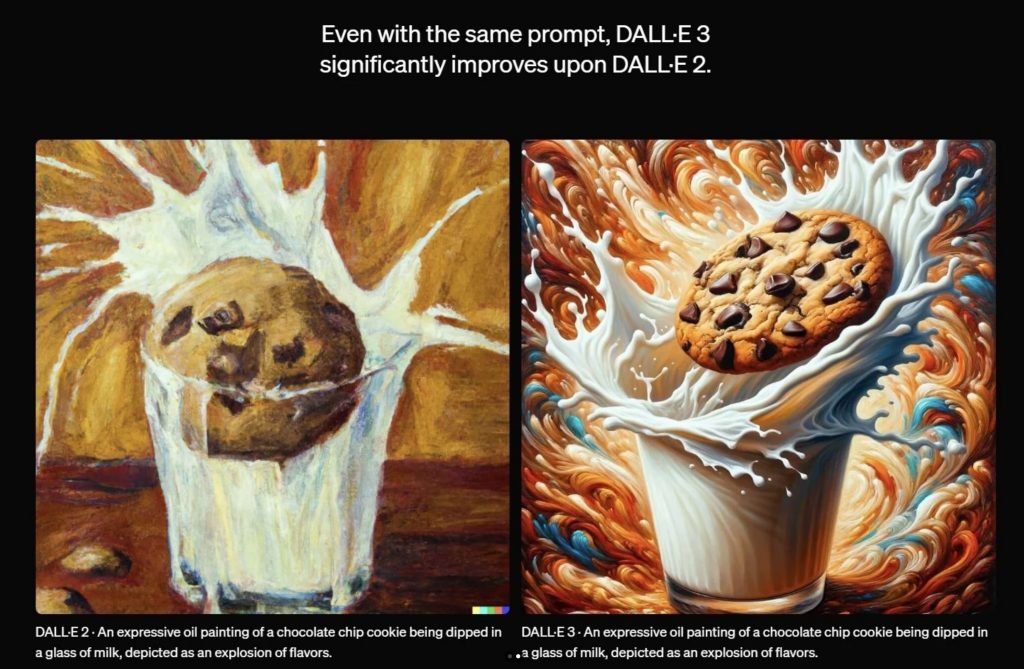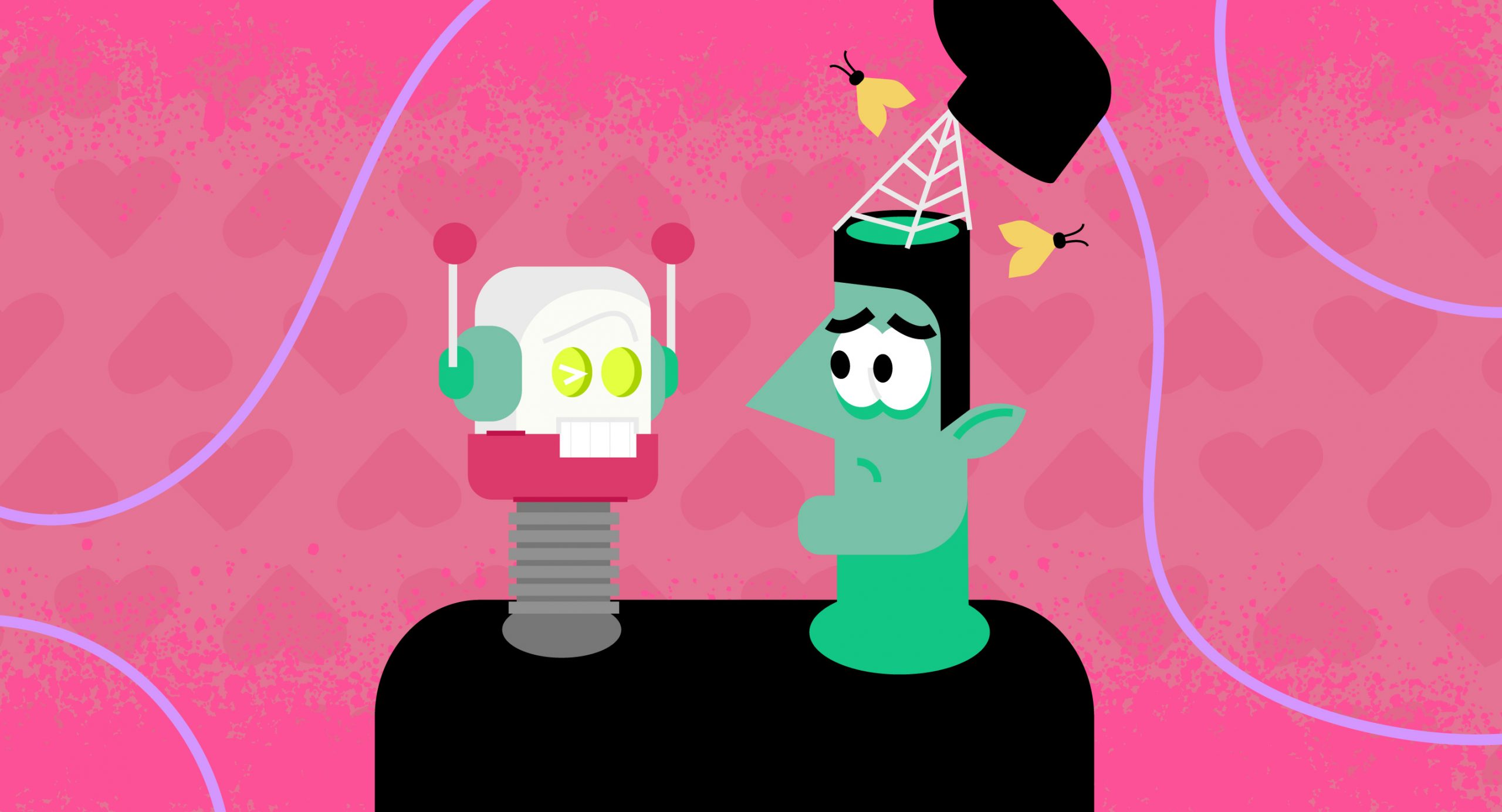AI’s impact on Creative Careers is huge. Midjourney, DALL·E, and Stable Diffusion—the list of AI tools keeps growing, and we’re already witnessing how rapidly the technology evolves. AI can generate artwork, music, and written content at impressive speeds and often with remarkable quality (though this varies from tool to tool). But does this mean human creativity is becoming obsolete? How will AI impact our creative careers in 2025?
AI as a Creative Tool
Rather than replacing creatives, AI can serve as a powerful tool to speed up processes and enhance workflows. Artists, designers, and writers can use AI for brainstorming, automation, and mood board generation while still maintaining full creative control over the final product. Whether you choose to integrate AI tools into your work is entirely up to you, but there is a growing trend in agencies and design fields to at least have a basic understanding of these tools. While you don’t need to rely on AI for every creative task, it can be useful for administrative support and planning.
The Risks of Overreliance
I recently read an account of someone who had outsourced so much of their daily thinking to ChatGPT—including generating arguments for personal discussions—that when ChatGPT was offline, they struggled to come up with solutions on their own.
This should be a warning sign for employers and creative studios. If employees become too dependent on AI to generate ideas, what happens when they have to think independently? Companies should consider guidelines on AI usage to ensure that human problem-solving and critical thinking skills remain intact. Otherwise, we risk outsourcing not just tasks, but our thoughts, creativity, and control to AI companies—a rather unsettling idea.
Ethical Concerns
Despite its advantages, AI raises serious concerns about job security, originality, and ethics. Issues such as copyright infringement, deepfake art, and AI-generated works replacing human artists in commercial projects have sparked debates about fair compensation and creative ownership.
The legal framework surrounding AI-generated content is still unclear. Can AI-generated work be copyrighted? What if competitors can use the same AI-generated images? These unanswered questions pose significant challenges for creatives and businesses alike.
AI Has Its Own ‘Look’—And Not Everyone Likes It
AI-generated images are improving rapidly, but they come with a distinct visual signature that people are beginning to recognize—and not always in a positive way. Many find AI art to be over-designed, too perfect, and strangely artificial. Faces are often unnaturally flawless, and even when images appear photorealistic, they still have an uncanny quality.
This phenomenon may fade over time, but if AI-generated images dominate the internet, AI tools will eventually start training on their own outputs. Research suggests that when this happens, the quality of AI-generated content will decline—like a snake eating its own tail. If AI-generated imagery becomes oversaturated, human artistry could once again become highly sought after.

The Future of Creativity: AI vs. Human Artists
artistic skills is still valuable, and while AI has changed how we approach creativity, it cannot truly replace human artists. The real threat isn’t AI itself, but companies seeking to replace large creative workforces without considering the long-term impact. AI’s impact on creative careers is still rapidly developing with each new iteration of AI tools.
Every artist has to decide if and how to use AI in their workflow. Ultimately, it can help our creative careers in many ways, but as a sole tool for art, I’d advise against outsourcing your creativity completely to it. The one thing AI can’t copy is your voice and artistic fingerprint.
Key Takeaways
Links & Research
Hi! I’m a freelance Illustrator and Designer from Germany!
For all the latest news in design and branding, plus free tools, helpful tips, and shop discounts follow my Blog. If you are interested in working together visit my portfolio or learn more about me here.

